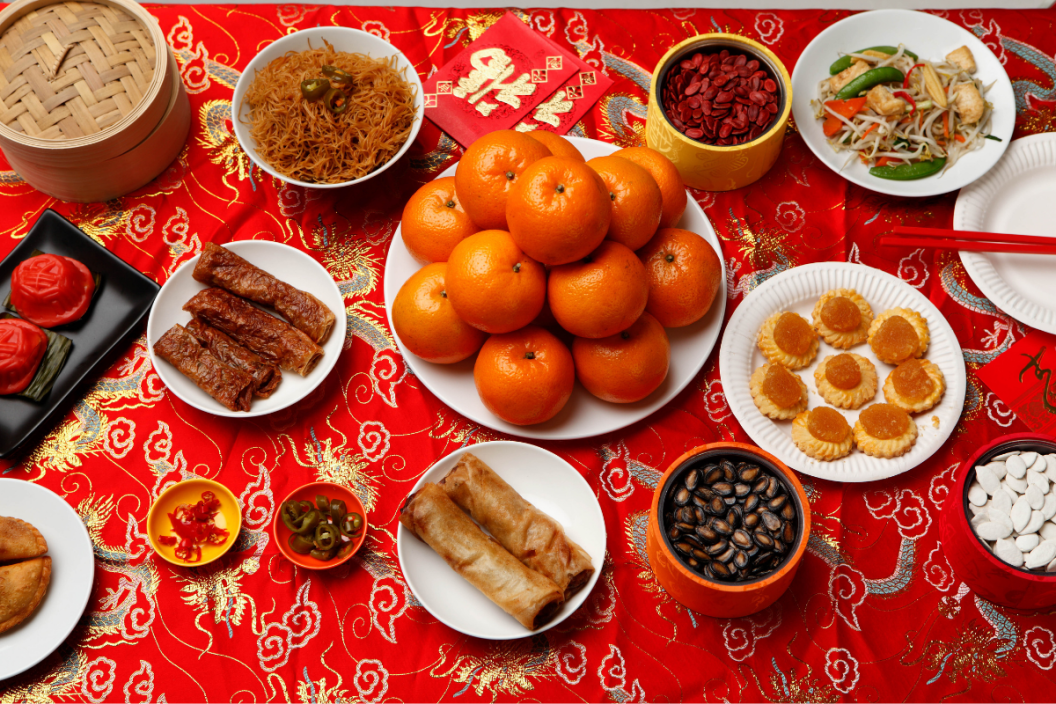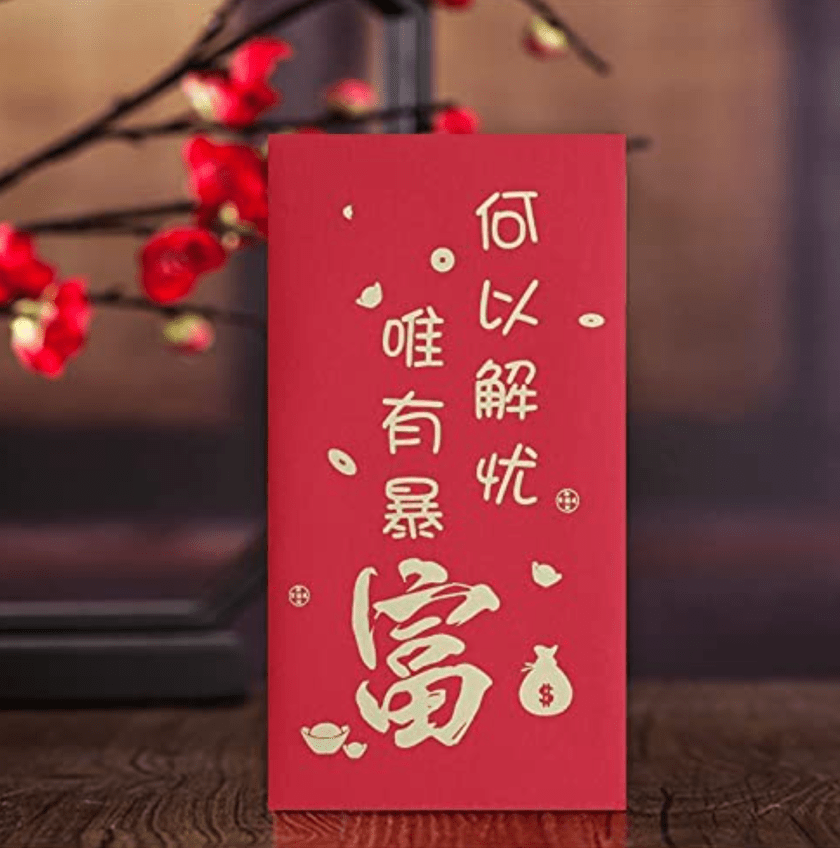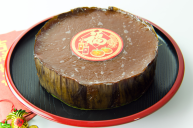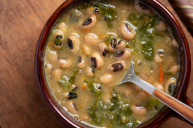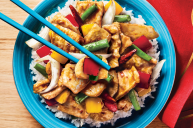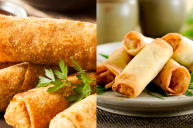The Chinese New Year, also called Lunar New Year or Spring Festival, is the celebration of the start of the new year based on the lunar calendar. This is the most important festival in China, a time for families to be together and celebrate all that comes with a new year of possibilities! This year, the Chinese New Year falls on February 1, and it marks the start of the year of the Tiger. This celebration is full of festivities, and the traditional Chinese New Year foods are an important way to celebrate.
Videos by Wide Open Country
Throughout China, families will welcome the new year with decorations, firecrackers, red envelopes full of lucky money, and of course lots of delicious food. The celebrations typically last for 16 days, ending with the Lantern Festival, when homes and streets are filled with colorful lanterns. Another exciting part of the holiday is the lion dance, which is when people mimic the movements of a lion while wearing an elaborate, brightly-colored costume. This tradition is steeped in history, as are the food traditions of this important holiday.
The foods eaten on the Chinese New Year are much more than simply a tasty dish. Each meal symbolizes something about the year to come, giving those who eat it certain properties to be better prepared for the new year. Although from the outside it may look like the holiday is simply a time to feast, each food eaten during the Chinese New Year celebrations is full of meaning. Here are 10 traditional foods eaten on Chinese New Year!
Chinese New Year Lucky Red Envelopes
1. Nian Gao, or Sweet Rice Cakes
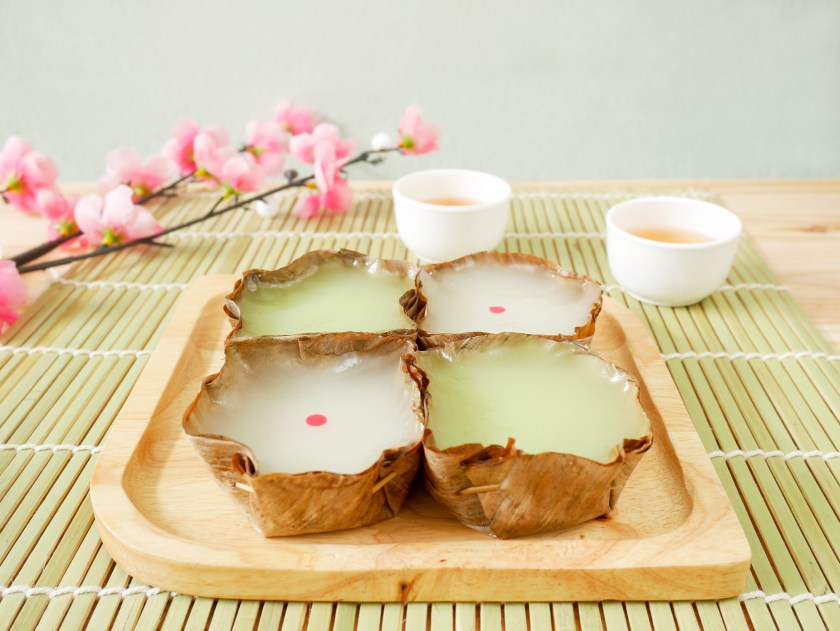
These yummy rice cakes are a tasty dish made of glutinous rice flour, usually made sweet in southern China and savory in Shanghai and the north. Also called a "new year cake" these cakes are sticky and dense. In Mandarin, "nian" means "year," which is a homophone for the word "sticky." "Gao" is loosely translated to mean "higher up," so the name "nian gao" signifies higher success in the year to come. Nian Gao are given as gifts of good fortune, and they are traditionally eaten on Chinese New Year's Eve.
Get the recipe at Pressure Cook Recipes.
2. Jiaozi or Dumplings
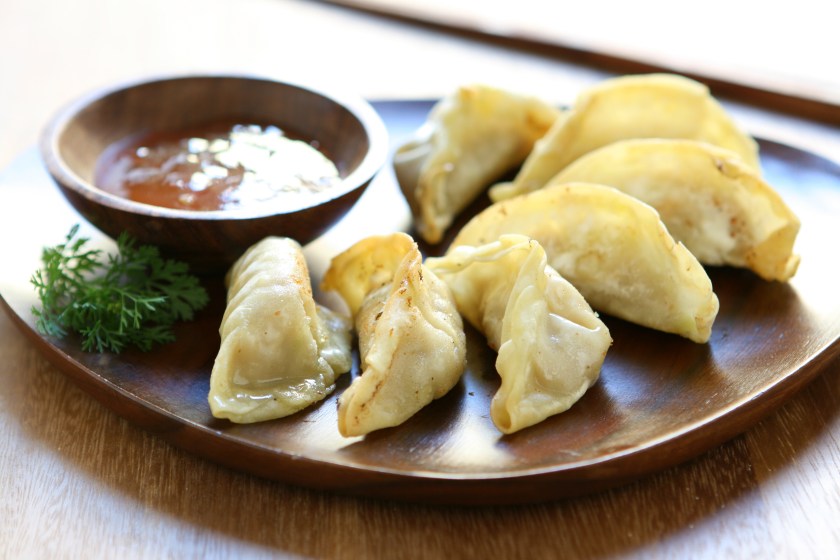
The jiaozi traditionally eaten for the Chinese New Year are meant to look like ingot, which are gold and silver pieces used as money in China in ancient times. Eating these dumplings symbolizes wealth and prosperity. Along with representing money, the fillings of these dumplings have meaning as well. Cabbage and radish will bring good skin and mood for the new year, while sauerkraut should be avoided- it represents a difficult future. These yummy dumplings are enjoyed on New Year's Eve as well.
Get the recipe at The Woks of Life.
3. Spring Rolls
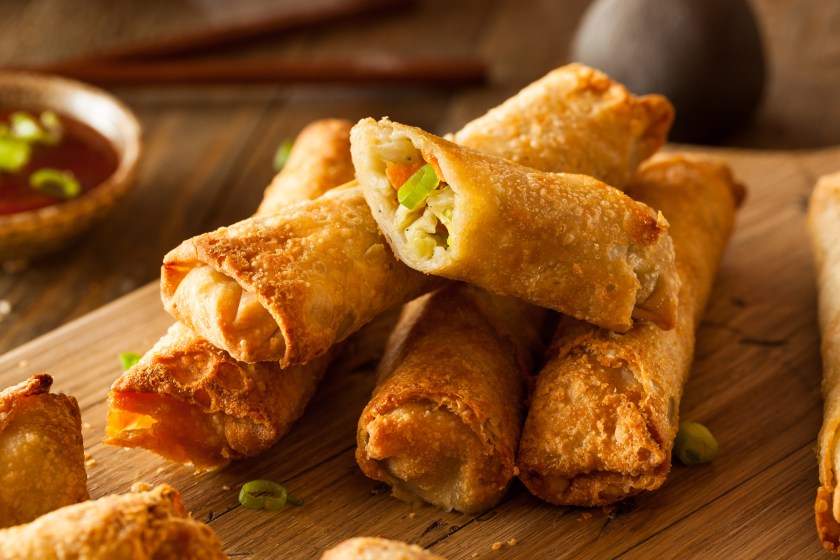
Although spring rolls are a popular Chinese appetizer year round, they have special significance for the Chinese New Year. Spring rolls symbolize wealth, and they are associated with the saying "a ton of gold" because they look like gold bars. These Cantonese dim sum dish are filled with veggies, meat or sweet ingredients, and then fried until crispy and golden brown and dipped in sauce!
Get the recipe at Steamy Kitchen.
4. Tang Yuan or Sweet Rice Balls
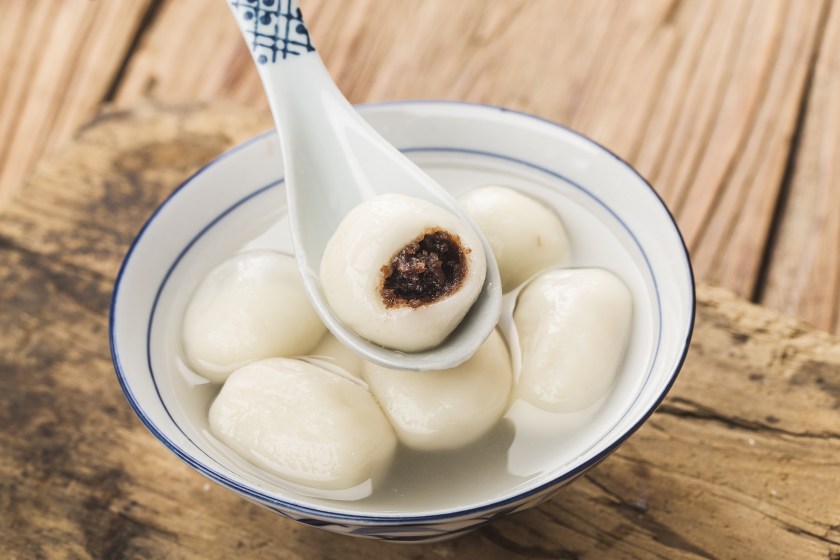
Like sweet rice cakes, tang yuan or sweet rice balls are made from glutinous rice flour. These tasty treats are typically eaten on the fifteenth and last day of the Chinese New Year Celebration, the same night as the Lantern Festival. Tang yuan are eaten either in a broth or fried. These yummy balls are filled with red bean paste, peanut, sesame, or any number of fillings. Tang yuan symbolize family togetherness and family reunion, represented by their round shape.
Get the recipe at Red House Spice.
5. Braised Shitake Mushrooms
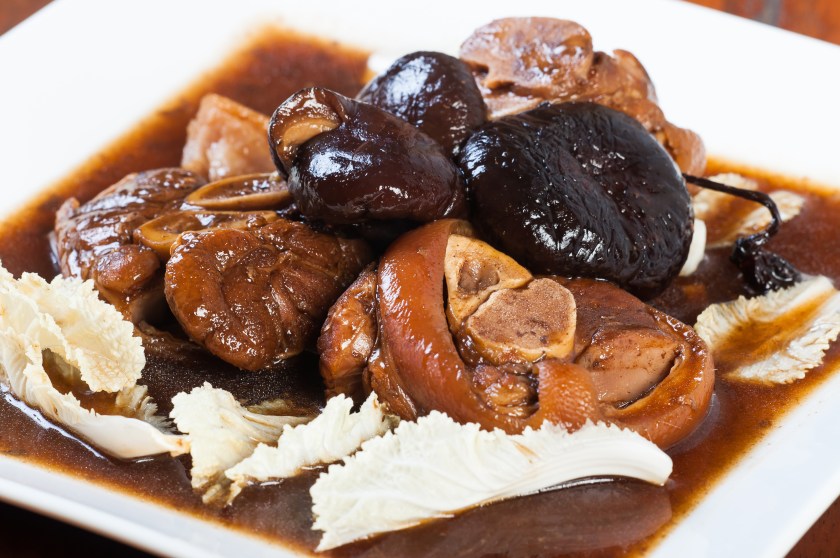
Braised shiitake mushrooms are another customary food of the Chinese New Year, typically eaten with bok choy. This veggie dish is especially popular in Shanghai, and it is also enjoyed on other special occasions. These tasty mushrooms are simmered in oyster sauce and eaten as a symbol of longevity and prosperity!
Get the recipe at The Woks of Life.
6. Chang Shou Mian or Longevity Noodles
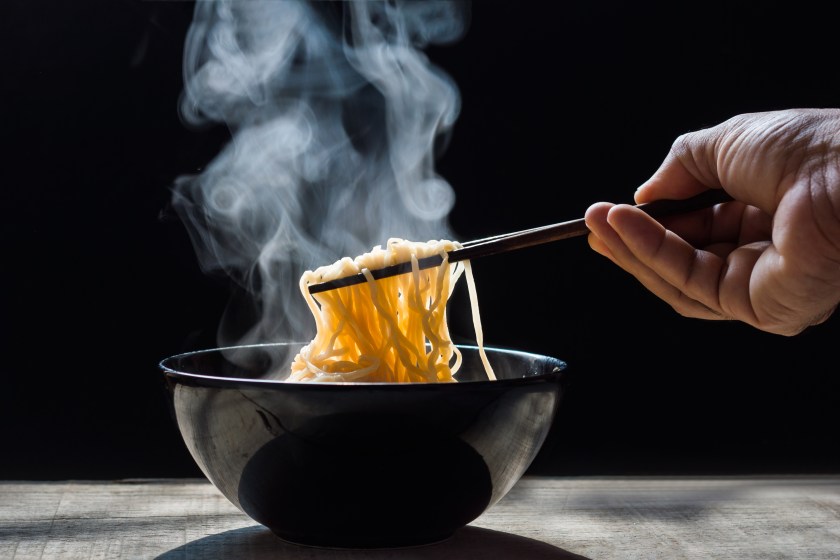
Longevity noodles are traditionally made as one extremely long noodle, but these days they are typically served as a bowl of long noodles rather than just one. These noodles are well known as a special and lucky food, with the symbolic meaning of longevity. "Chang Shou Mian" means "long life noodles," and Chinese legend holds that eating these noodles will extend one's life. When served for the new year, longevity noodles mean that the coming year will go well. This special food is often eaten with sauce or broth and served on birthdays and important holidays.
Get the recipe at Cooking.
7. Chinese New Year Fruits
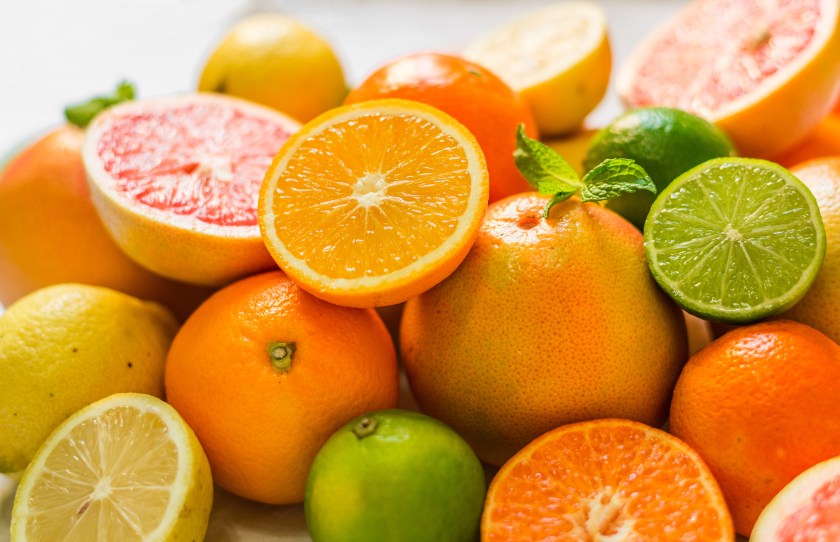
On the Chinese New Year, tangerines, oranges and pomelos are considered special for their round shape. These fruits symbolize fullness, wealth and good fortune, and their pronunciation is said to bring good luck because it sounds like the Chinese character for "success." These fruits are said to bring more wealth the more you eat!
8. Whole Chicken
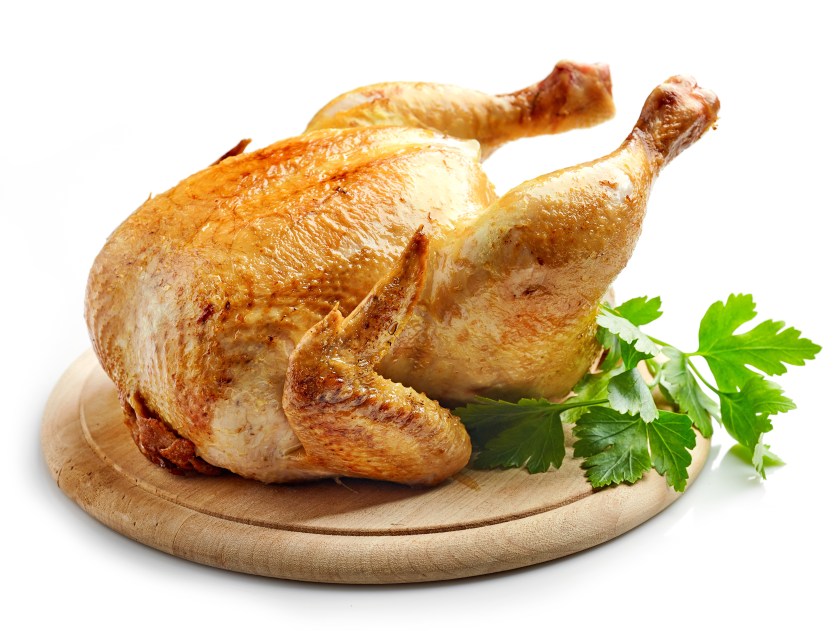
Another traditional dish enjoyed on the Chinese New Year is a whole chicken! This is meant to symbolize togetherness and unity, which is why it must be a whole chicken rather than pieces of one. A whole chicken is considered a meal for the whole family, and it symbolizes wholeness and prosperity.
Get the recipe Rasa Malaysia.
9. Jujube
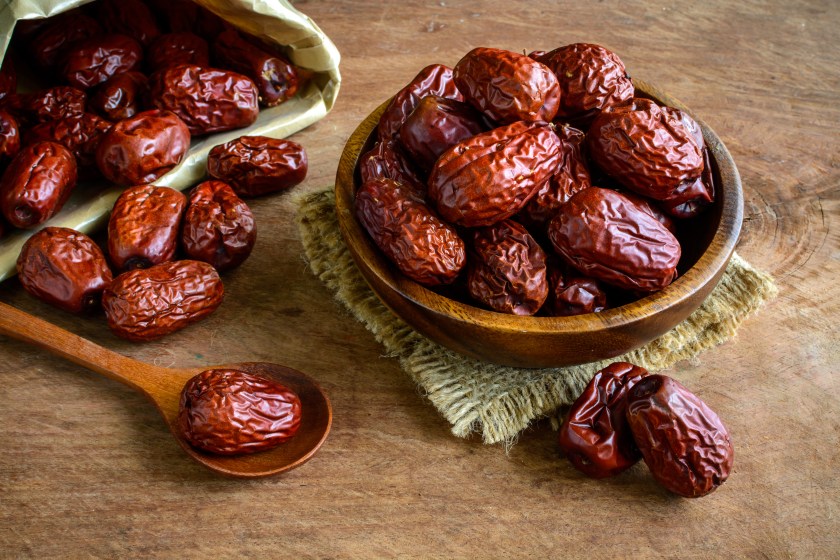
Jujube, a common ingredient in Asian cooking, is known as the Chinese date and is native to Southern Asia. These round fruits are popular worldwide, and they are featured often in Asian cooking. They are part of the Chinese New Year celebration because of their red color, which symbolizes happiness and prosperity. This is why red is such a prominent color in the decorations for the Chinese New Year! During this holiday, jujubes are eaten as desserts or on their own, but this recipe features a Chinese pear jujube dessert soup.
Get the recipe at HWC Magazine.
10. Whole Fish
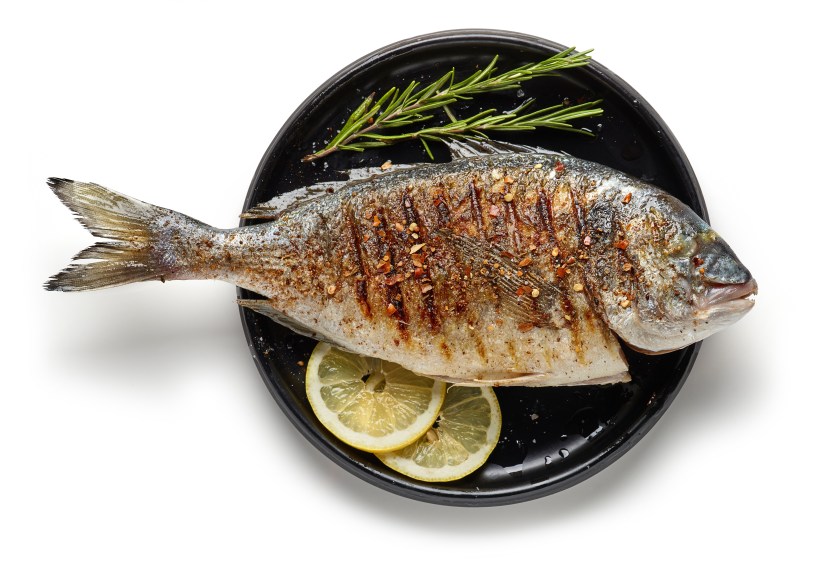
Another essential dish in the Chinese New Year is a whole fish. This tradition comes from the Chinese pronunciation of fish, which is the same for that of fortune and surplus. The idea is that having a surplus at the end of the year means that you can make more in the coming year. The whole fish eaten for the celebration is usually steamed, and it has different meanings depending which fish is cooked. Carp is said to bring good luck, while catfish will bring a rich life. Chinese culture dictates that the fish's head points toward more distinguished or older guests. Eating this fish is said to bring fortune in the year to come!
Get the recipe at 196 Flavors.
